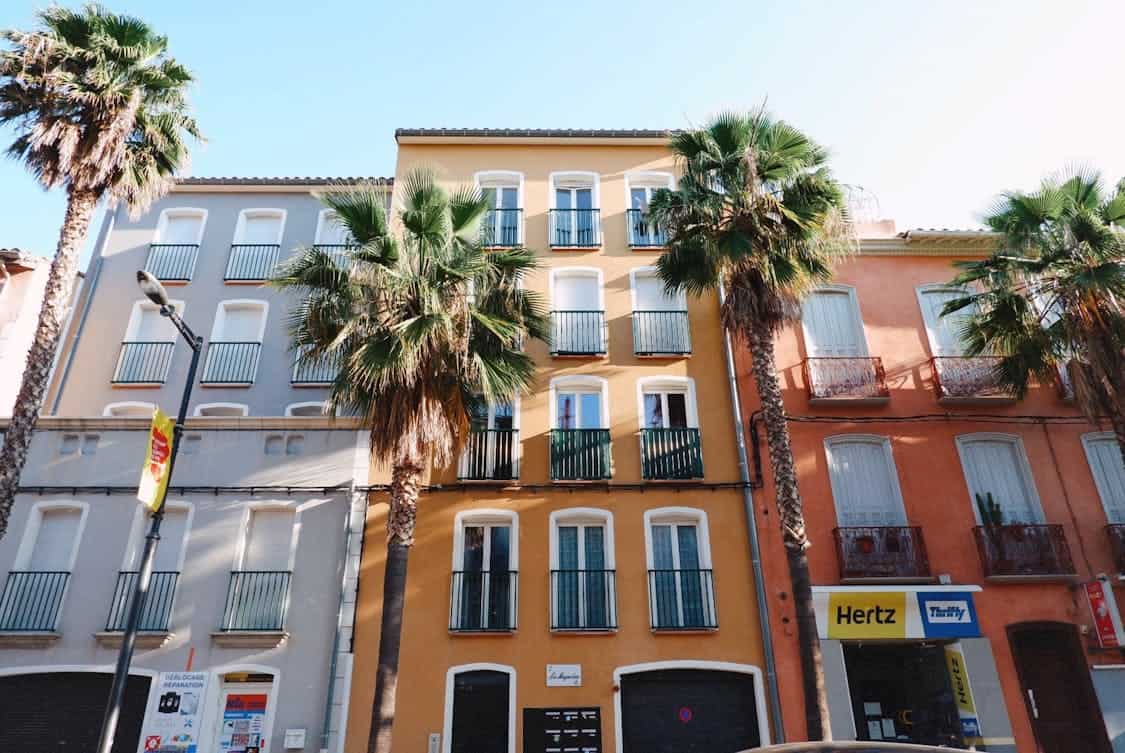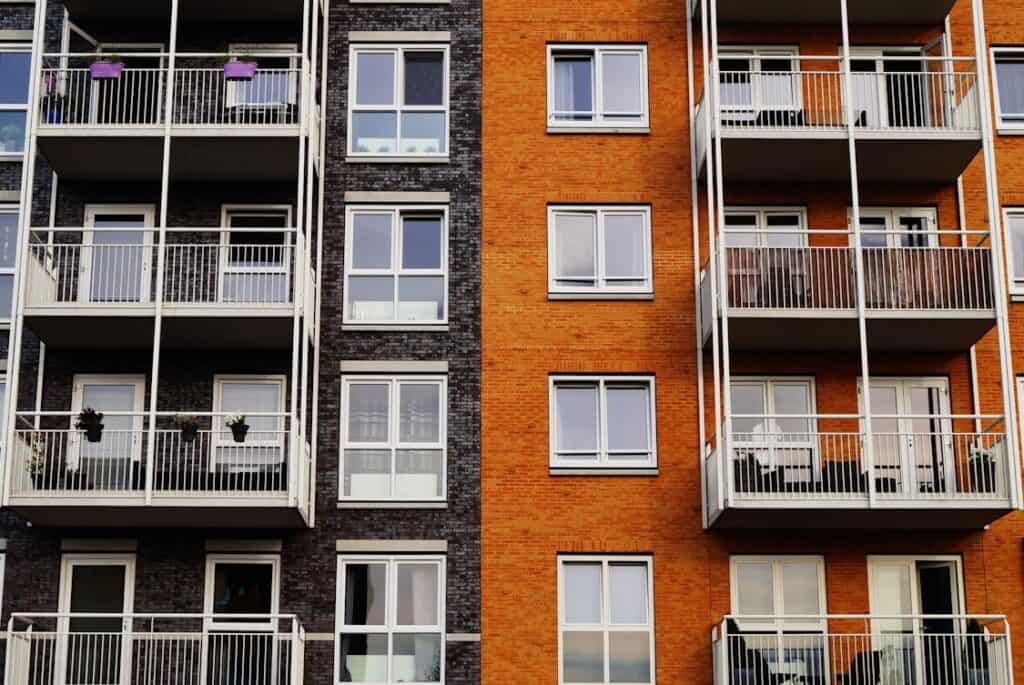Flags have a simple job: they catch the eye and say something fast. In apartment settings, small visual cues can change first impressions and stick in the mind.
If you’re aiming to make your property stand out to passing traffic or new visitors, apartment flags are a smart, low-cost way to add visibility and polish to your community’s exterior.
When placed with a plan, flags act like quick messages that repeat a brand’s look and tone across the site. The rest of the article maps out how this low-tech tool can shape perception, visibility, and resident connection.
Flags Increase Curb Appeal
A line of clean flags creates an organized, cared-for look that signals attention to detail to passersby. Bright shapes and consistent type can turn a bland frontage into a series of visual cues that say the place is active and well kept.
Such flags work like repeating n-grams: the eye picks up the same colors and words again and again, which builds fast recall. Short bursts of color and logo do heavy lifting where people make split-second judgments.
Flags Boost Visibility From Streets
Flags sit above eye level, so they catch sightlines that signs at ground level miss. Drivers and pedestrians can spot movement more easily than static type, and that motion often draws a second glance toward the community.
Repeated motifs on multiple poles form a chain of micro-messages that guide attention toward leasing offices or model units. When combined with consistent brand words and color blocks, flags act like a visual breadcrumb trail.
Flags Reinforce Brand Identity
A flag needs only a logo, a color field, or a short phrase to remind viewers who you are and what you offer. Using the same font family, palette, and shorthand words across flags tightens brand recall the way repeated phrases do in speech.
Switching between full logo flags and pared-back color flags creates an economy of expression that still reads as one voice. Subtle repetition of key tokens—brand, roofline, color—builds a compact memory trace over visits.
Flags Drive Seasonal And Event Messaging
Seasonal flags let a property signal freshness without a full signage overhaul, swapping in thematic designs for holidays, lease events, or community socials. A short series of updated flags gives residents and prospects the sense that the place stays current and active.
These brief campaigns use tight n-grams—like a color plus a word—to make an impact fast without clutter. The visual rhythm of periodic change keeps attention from going stale.
Flags Offer Cost-Effective Promotion
Compared with backlit signs, digital boards, or printed mailers, flags are budget-friendly and durable for many cycles of use. They require little maintenance beyond occasional washing and reattachment, which stretches small spending into longer-term exposure.
When flags are part of an overall plan they can replace or reduce other paid channels while still keeping brand messages in the public view. That kind of economy appeals to managers who track dollars and outcomes.
Flags Create Social Media Moments
Flags can be positioned near attractive architectural features or green spaces to become photo backdrops for residents and visitors. A well-placed flag with a clear logo invites casual shares, turning organic posts into small, unpaid ads that repeat brand tokens online.
Short captions and hashtags linked to the property amplify the effect and extend the n-gram pattern into feeds. A steady stream of such posts helps the place stay on people’s mental maps without heavy production.
Flags Aid Wayfinding And Safety
Beyond branding, flags serve a practical job: marking entrances, parking areas, or temporary detours with quick visual cues. Bright, consistent markers reduce confusion for delivery drivers, guests, and vendors by creating an easy visual code to follow.
That clarity improves experience and cuts back on misdirected stops and calls to the office. In this role the flag is functional and brand-friendly at once.
Flags Signal Maintenance And Care

A set of neatly hung flags says the team pays attention to small details, which reflects on broader upkeep like landscaping and lighting. When flags are faded, tattered, or misaligned, they telegraph the opposite message and can undercut leasing efforts.
Regular flag checks can be part of standard rounds, so the flags support a cycle of maintenance that visitors notice. Small acts of care add up into a general sense that the property is professionally run.
Flags Support Community And Resident Connection
Flags can mark shared spaces for pop-up events, welcome newcomers, or show tenant-created art during community activities to foster a friendly vibe. Rotating resident-made designs provides a simple platform for voices on site, and seeing a familiar image around the property deepens internal attachment.
That visible feedback loop—residents spotting their own contributions—helps build a mild local lore that spreads by word of mouth. In practice, flags bridge the visual identity outside with the daily life inside.
Flags And Long-Term Brand Memory
Repeated exposure to a handful of visual cues makes names and faces stick in a way that outlasts single interactions with staff or ads. Flags serve as persistent, low-friction reminders that a brand is present in the neighborhood, and that presence nudges recall when someone later needs a new place to live.
Over weeks and months, those repeated signs help create brand nodes in memory that work like repeated tokens in speech. The accumulation of small visual hits is often what shifts casual recognition into active interest.

